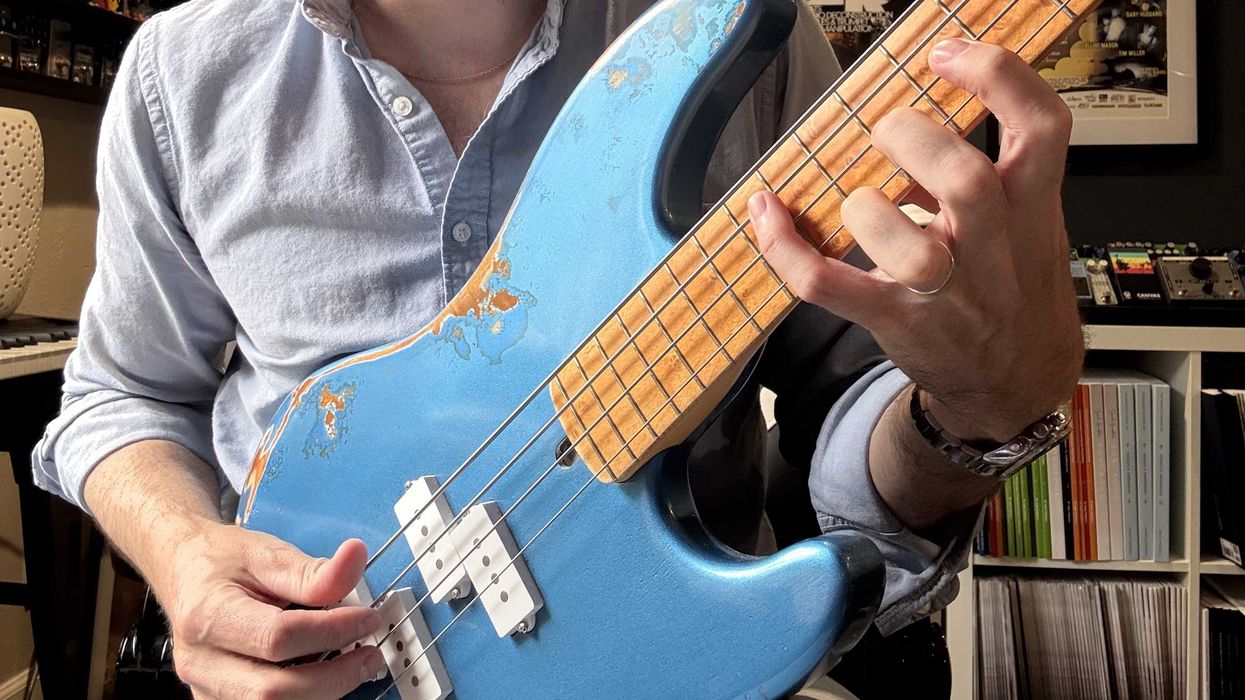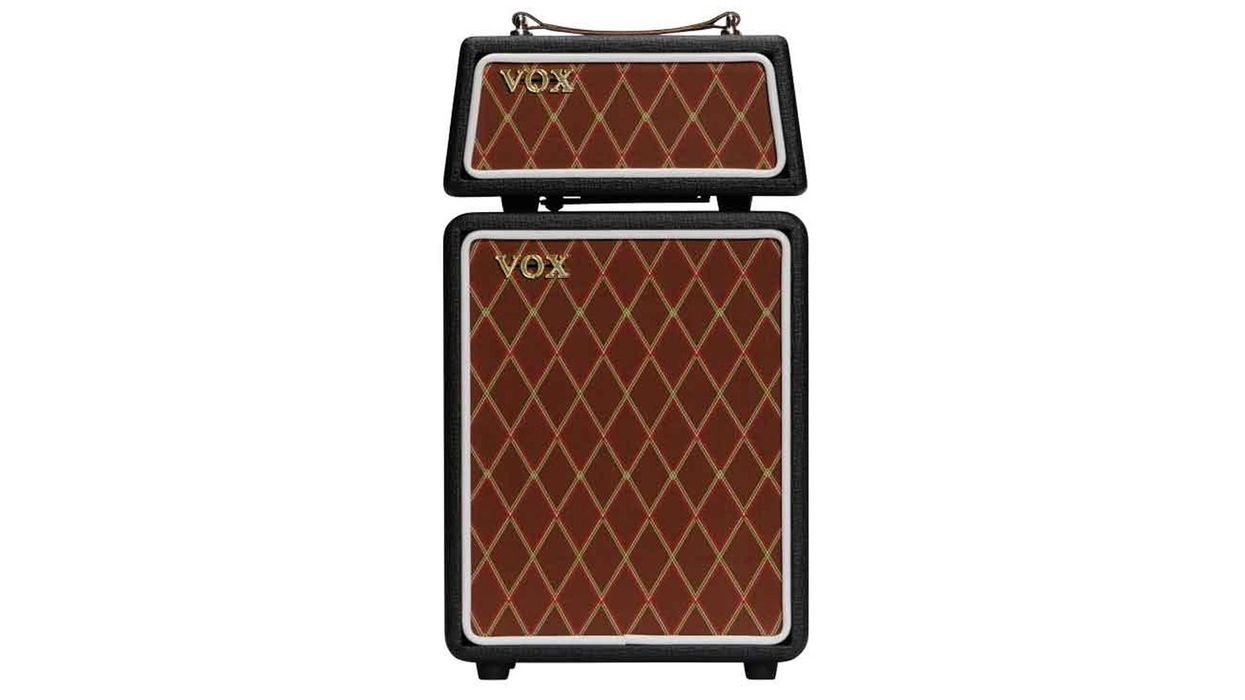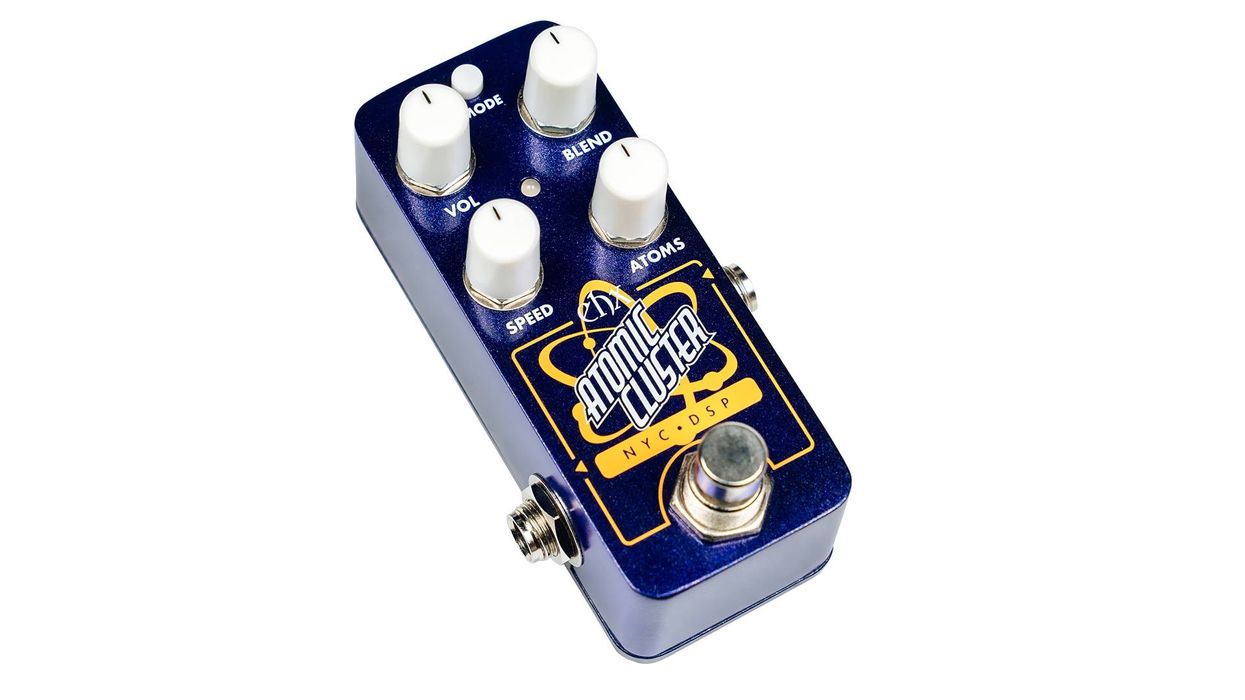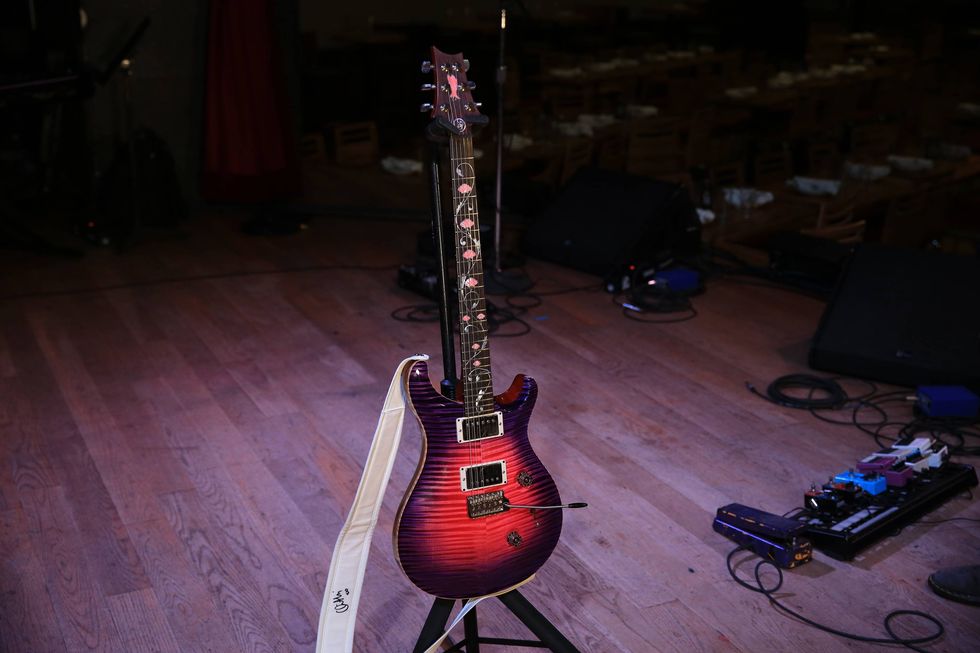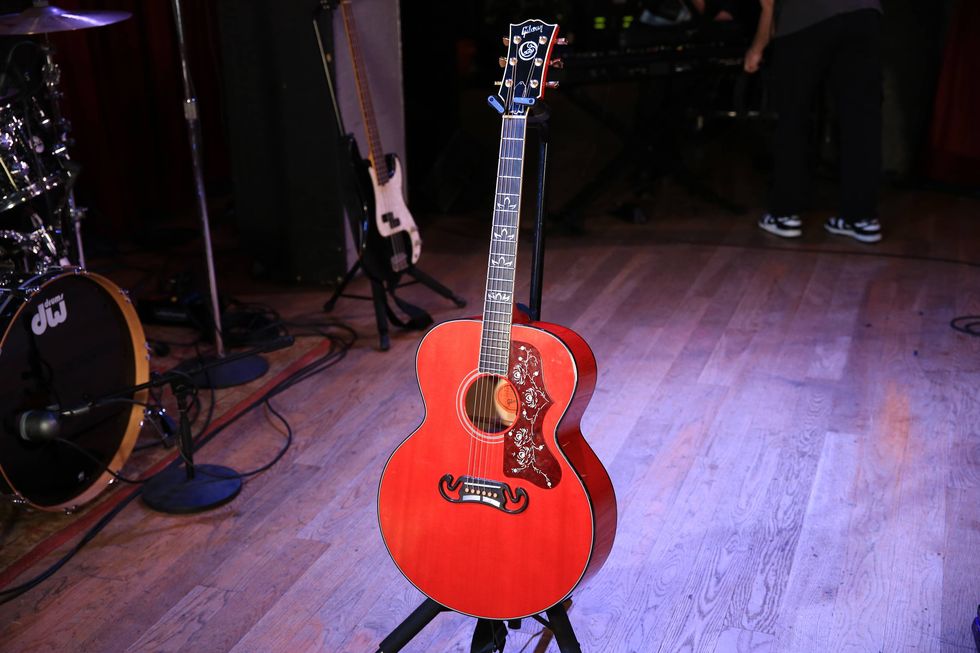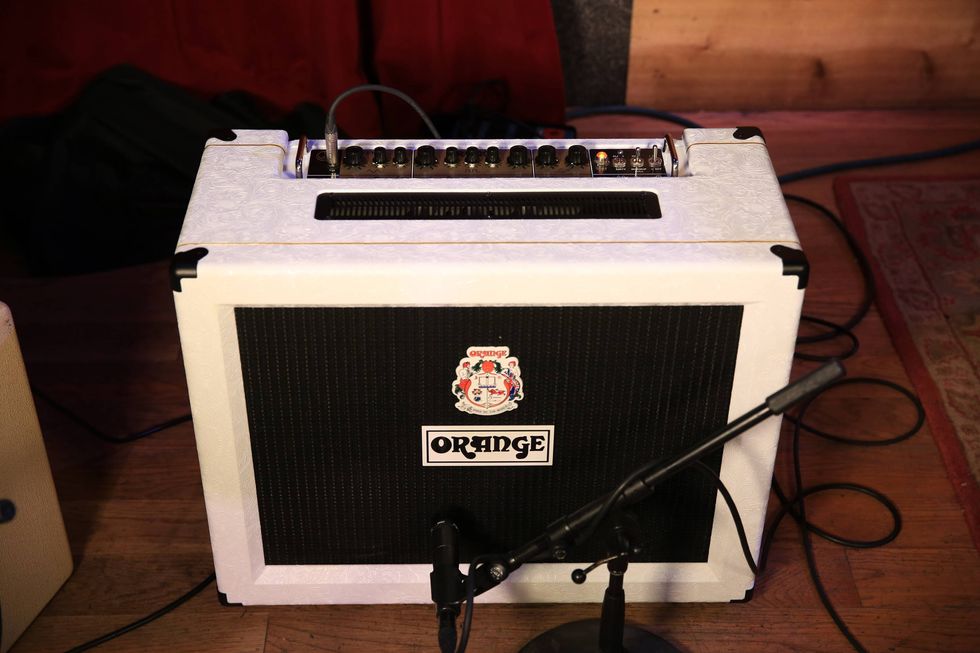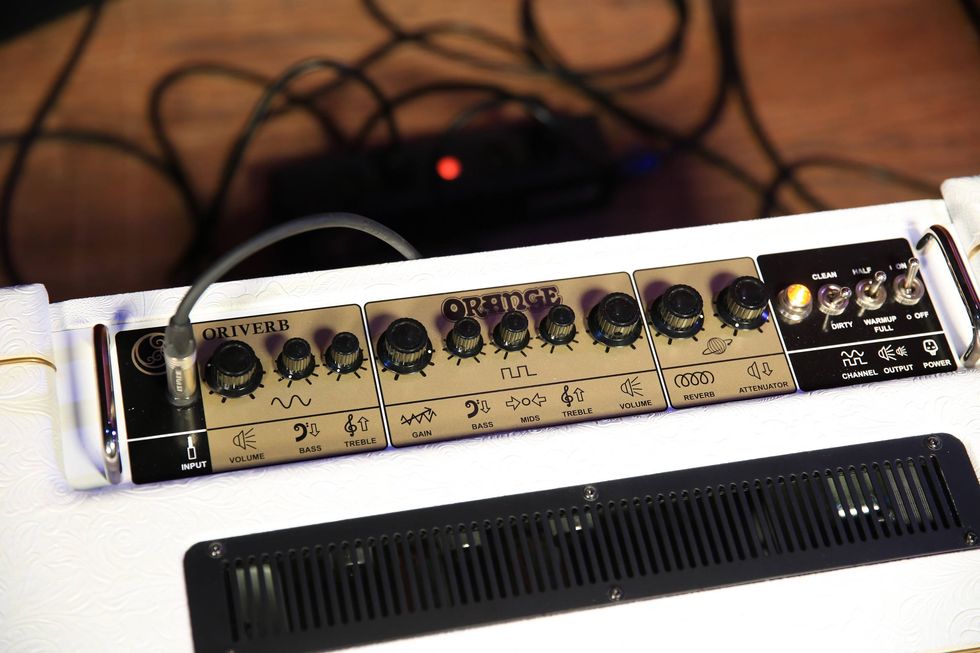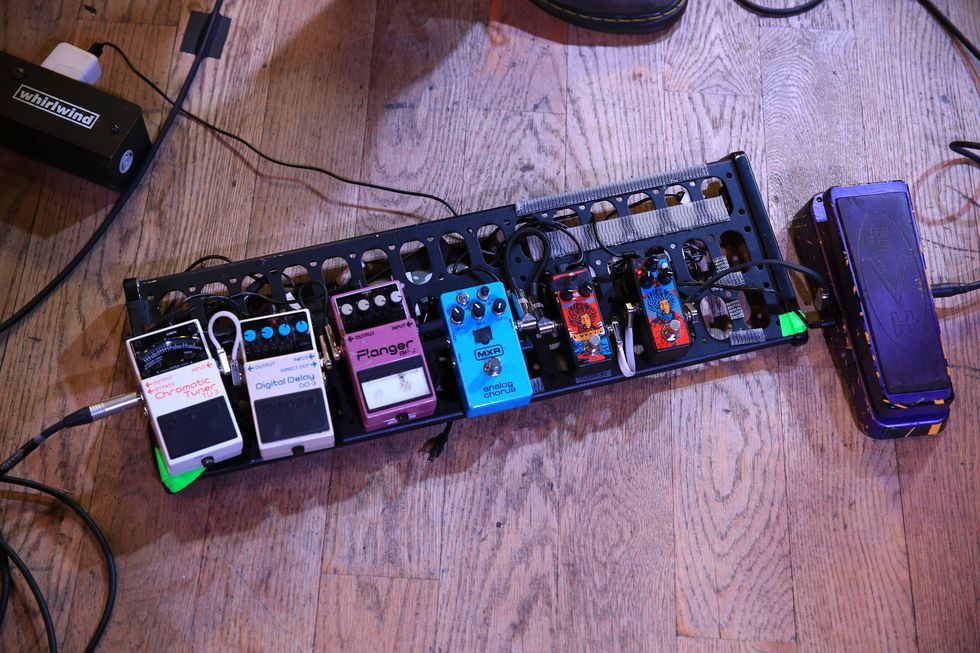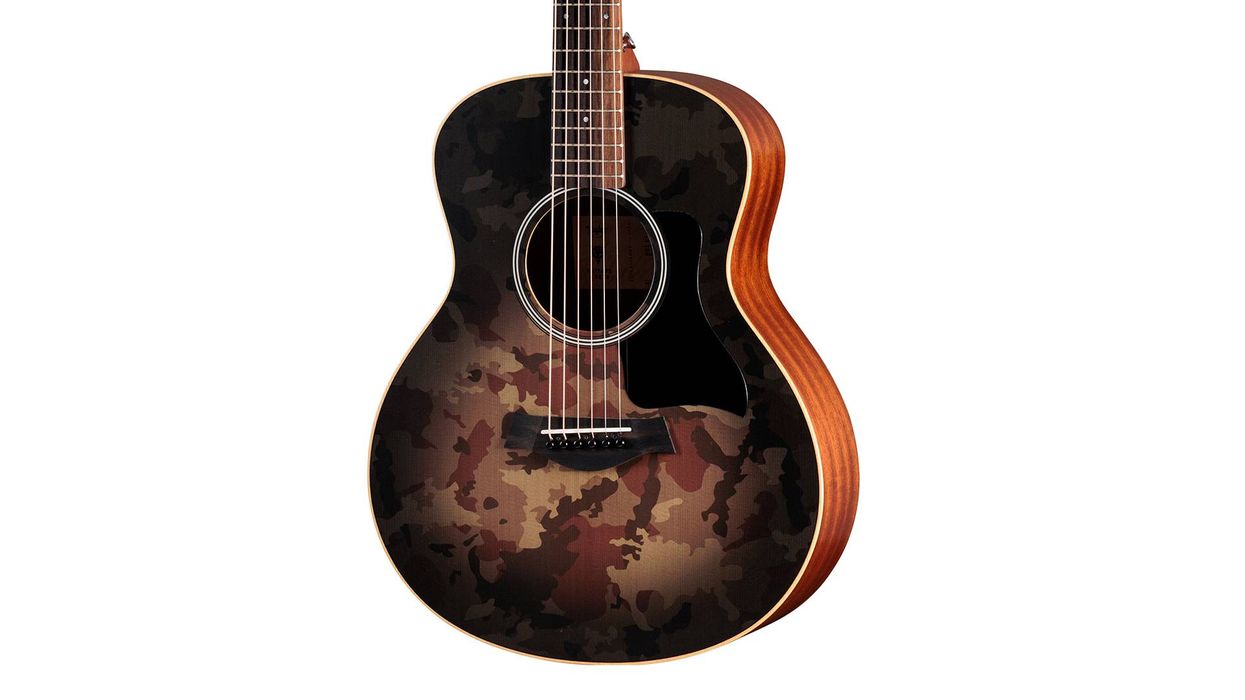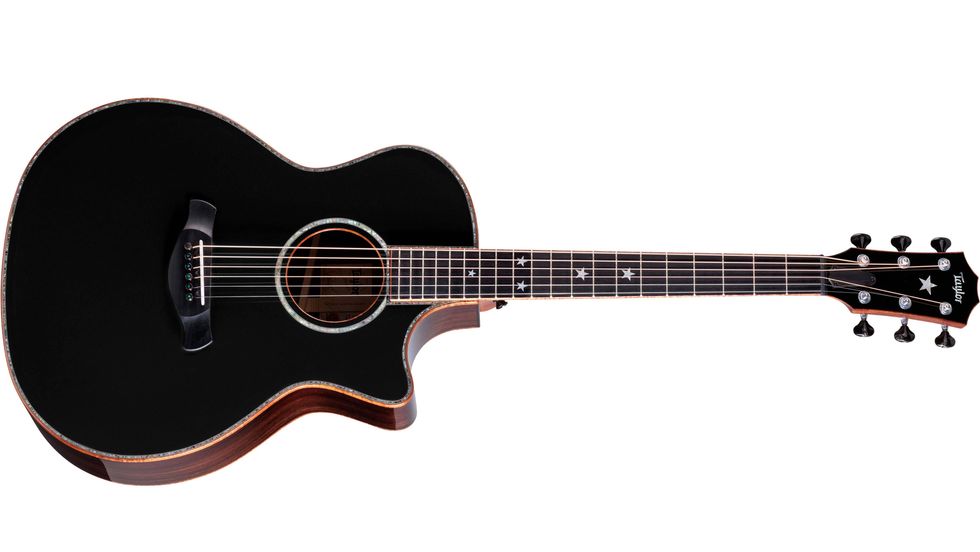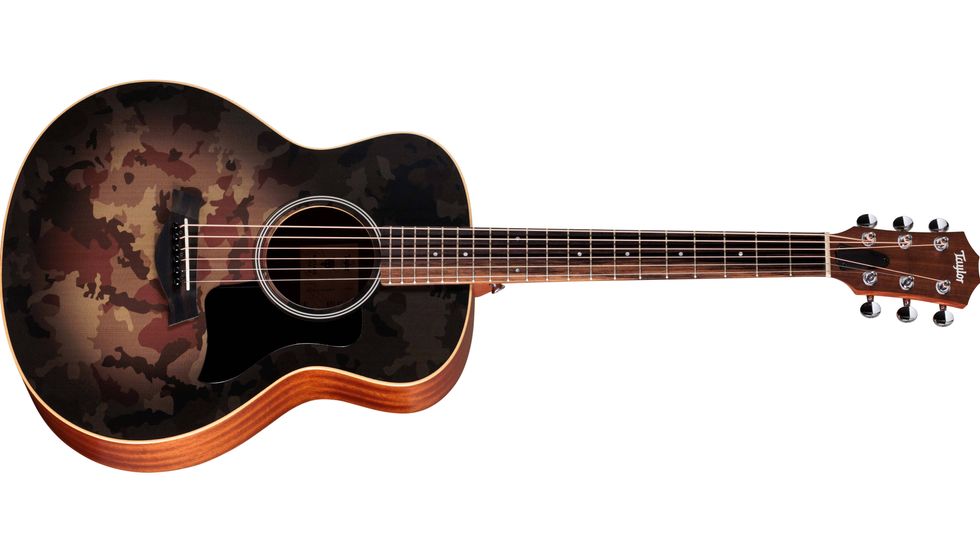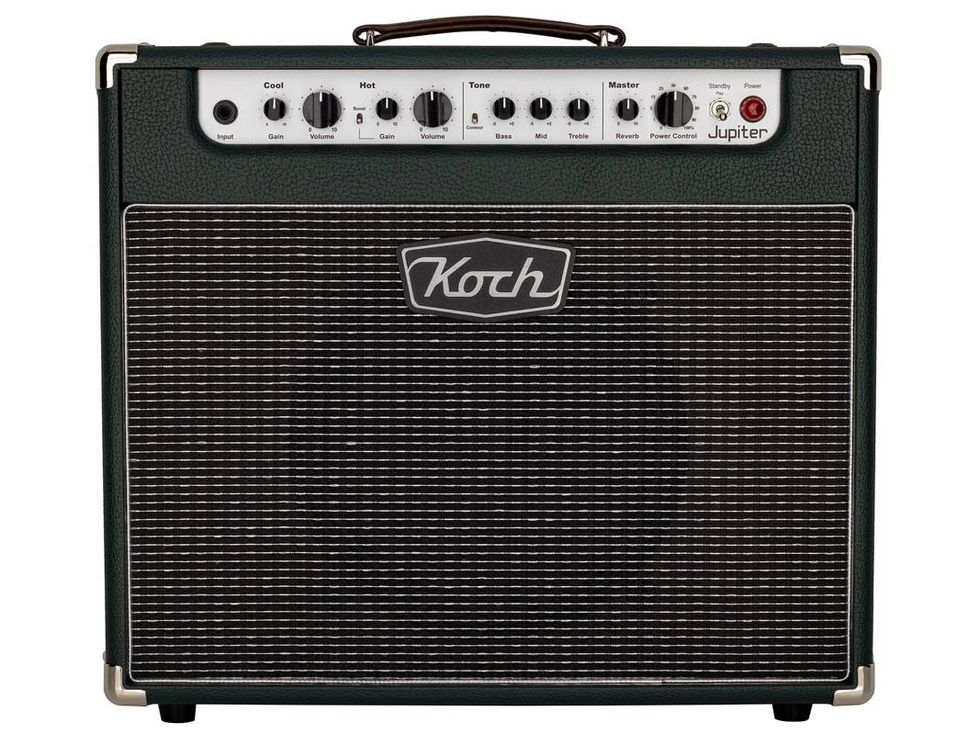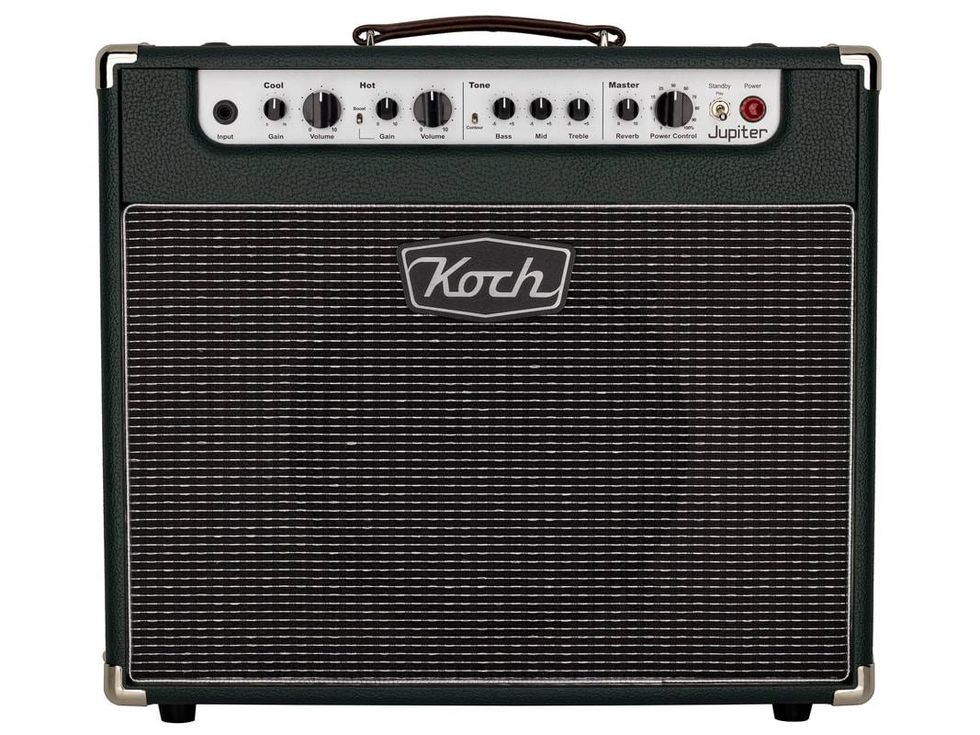Some people have the idea that controls on a new effect should always be set to the midpoint or 12:00 on a hypothetical clock. I’ve heard a variety of answers about why, including that the unit in question gets used up or damaged somehow by extreme high or low settings. The inaccuracies in controls make this argument somewhat nonsensical.
Knobs have a line or dot to show relative position. Some equipment will have a numeric scale printed onto the faceplate behind the knob, which suggests some level of precision in the pot setting. This practice was immortalized – correctly! – in the movie Spinal Tap when guitarist Nigel Tufnel talks about all of the knobs on their amps going to eleven, based on the idea that a marking of “11” was one more than the same pot rotation marked “10”.
You need to set your equipment by what your ears tell you, not your eyes.
Knobs are not generally aligned on the pot well. The best potential for accuracy and the worst in practice is the round shaft and knob with setscrew. It is theoretically possible for this to be set to the limits of the pot’s own accuracy. However, setscrews work loose, knobs twist on the shaft and any hope of positional accuracy is lost. The fixed-position press-on knobs do a better job; the D-shape with a flat and the toothed shape at least get you to a knob position that does not slip.
Pots come with PIPs on the bushings to lock them so they won’t rotate on the panel. However it’s common practice in the boutique effect world to cut the anti-rotation PIPs off to avoid having to drill a matching hole in the box for the PIP. So the rotational position of the pot in the faceplate is again not always precise.
Full up or full down on a pot is not necessarily 0 percent or 100 percent of the possible function of the knob controls, and mid position is usually not exactly 50 percent. High precision pots do exist, but they cost from ten to a hundred times more than the simple controls on most musical gear.
Pots are variable tapped resistors. They have a resistance from end to end and rotating the shaft picks off the voltage or current from that middle position with a wiper that makes contact along the resistive path. With linear taper pots, the pot manufacturer makes the resistive path as linear and consistent along the path as they can for the price. To the extent that the pot wiper contacts the true ends of the resistor element, you get a constant change per degree of rotation of the shaft. However, the wiper may not go all the way to the end of the resistive element, leaving some resistance at the end that the wiper can’t reach, leaving you with zero not being zero, and full up not really full up. The opposite effect, over-travel, can produce dead zones at each end of the rotation.
The pot’s “taper” can be thought of as how fast the pot turns electrically as opposed to mechanically. Pot taper is used to cancel out other nonlinearities. For example, a volume pot needs to increase its output slowly per degree of shaft movement at the low end and quickly at the high end. This is the reverse of the human ear’s response to loudness, so the result is that turning the knob seems to change the loudness an equal amount per degree of rotation. Using a linear taper pot for a volume control makes the result seem to be all bunched up at the low end of the pot’s rotation.
In the hundreds of boutique versions of the Ibanez Tube Screamer circuit, the tone pot is usually a linear “B” taper, simply because tapers other than linear and audio are not available in small quantities. The more extreme “G” taper compensates for the nonlinearity of the circuit itself, making the effect sound more linear than the B taper as you rotate the knob.
Another example is in one of our pedals, the Jekyll & Hyde. We used an “A” taper for the Hyde tone pot originally, but changed to a “W” taper for a slightly better feel in terms of audible change per unit of pot rotation. In both cases the knob had exactly the same minimum and maximum, but the sound at the same rotational setting is different and the feel is more linear to the ear as you rotate the pot.
When you add all of this up, you get a big uncertainty about what a particular setting sounds like. It’s much better to set it by ear – just as it almost always is with musical equipment. Think of the pot indicator lines and the numbers on the faceplate of an effect or amp as you might think of the position indicators on a fretless bass or guitar – what you get depends on how you’re playing the string and it’s your ear that tells you when it’s right. After that, it’s perfectly okay to mark your preferred positions.
R.G. Keen
Cheif Engineer
Visual Sound
www.visualsound.net


